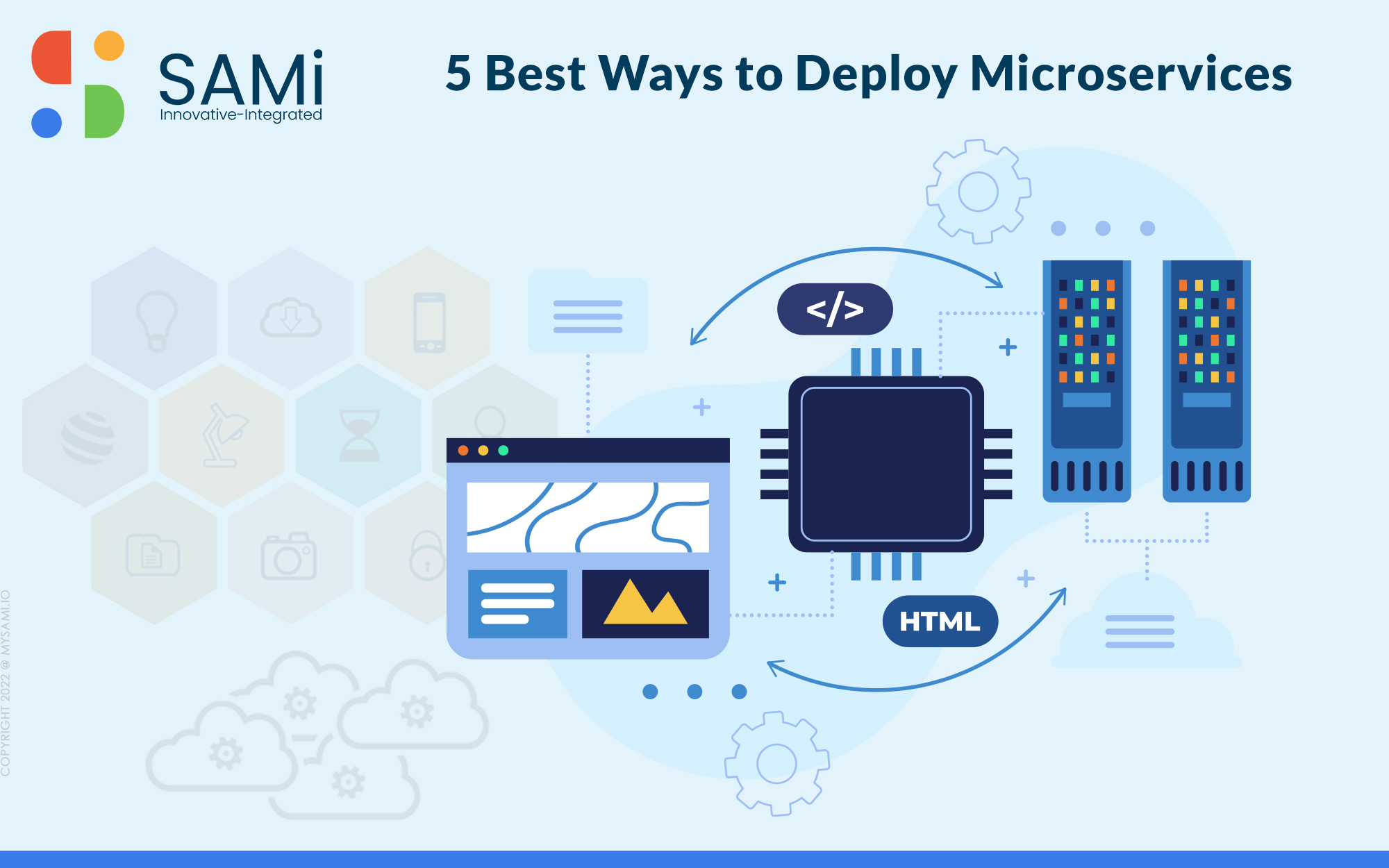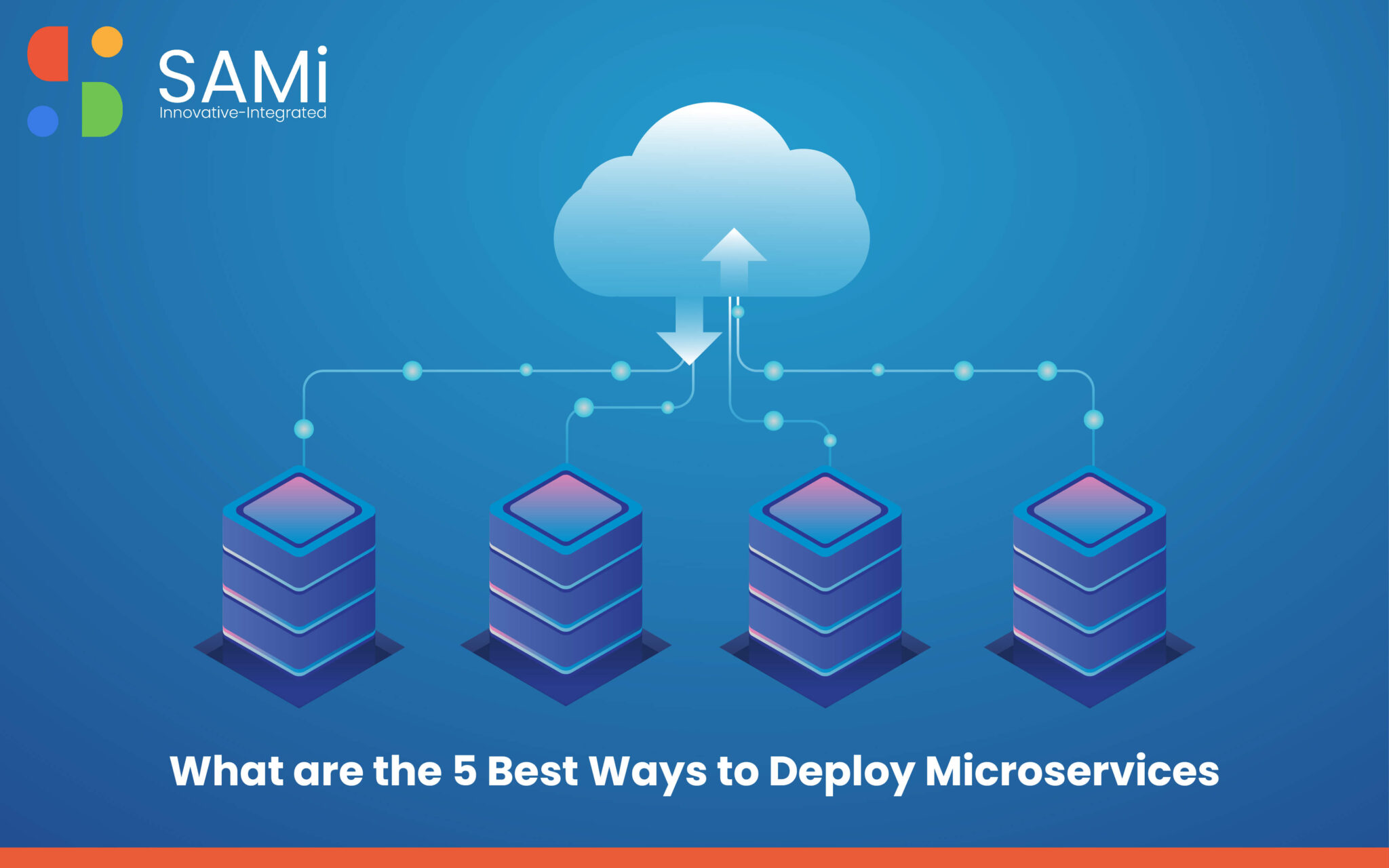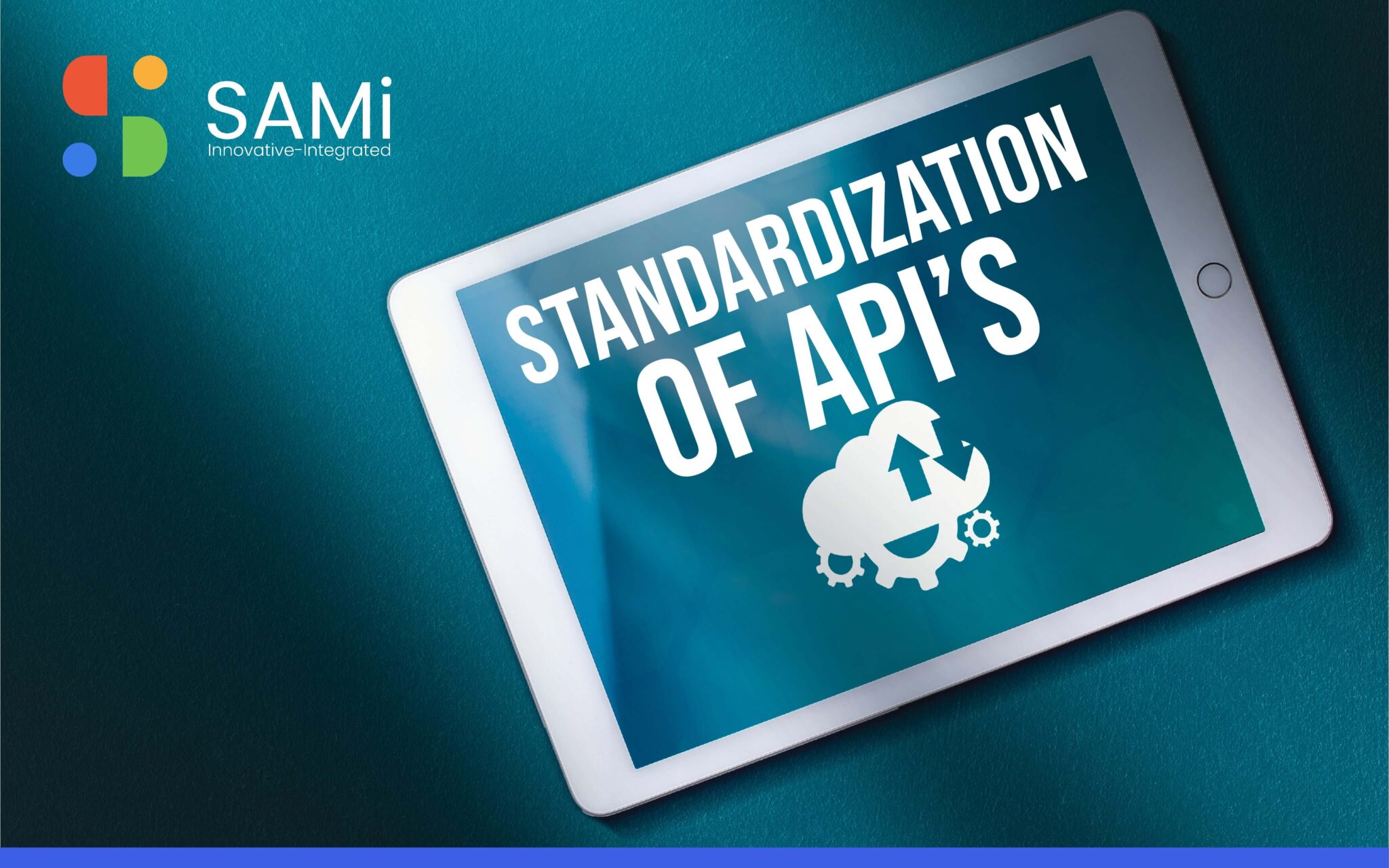Introduction to Microservices
Microservices are becoming increasingly popular and for good reason. They allow for greater scalability, flexibility, and maintainability of applications. By breaking down an application into smaller, discrete components, each microservice can be developed, deployed, and managed independently from the rest of the application.
However, deploying microservices can be a complex task. With so many options for deployment, it can be difficult to decide which is best for your particular application. To help, we’ve compiled a list of the five best ways to deploy microservices.
Also Read: Effective Ways to Achieve Legacy Application Modernization
- Containerization
Containerization is one of the most popular ways to deploy microservices. By using containers, multiple services can be packaged together and deployed as a single unit. This makes it easier to manage the microservices and makes the deployment process more efficient. Popular containerization solutions include Docker and Kubernetes.
- Serverless Platforms
Serverless platforms are an increasingly popular way to deploy microservices. This type of platform eliminates the need to manage and maintain server infrastructure. Instead, the platform handles the entire application deployment process, including scaling and updates. Popular serverless platforms include AWS Lambda, Google Cloud Functions, and Microsoft Azure Functions.
- Virtual Machines
Virtual machines are a great way to deploy microservices. They allow for the creation of multiple isolated environments, each with its own operating system, memory, and disk space. This makes it easier to manage the microservices and ensures that each one is secure and running optimally.
- Platform as a Service (PaaS)
Platform as a Service (PaaS) is another popular way to deploy microservices. PaaS solutions provide an environment for developing, deploying, and managing applications and services. They also provide a range of tools and services, including application security, log management, and automated deployment. Popular PaaS solutions include Heroku, OpenShift, and Cloud Foundry.
- Hybrid Cloud
Finally, hybrid cloud solutions are a great way to deploy microservices. With a hybrid cloud, applications and services can be deployed across multiple clouds, allowing for greater flexibility and scalability. Popular hybrid cloud solutions include Microsoft Azure, Google Cloud Platform, and AWS.
Also Read: 5 Best Practices for Application Modernization Strategies
Conclusion
No matter which option you choose, deploying microservices can be a complex task. But by following the best practices outlined above, you can ensure that your microservices are deployed quickly, securely, and efficiently.





